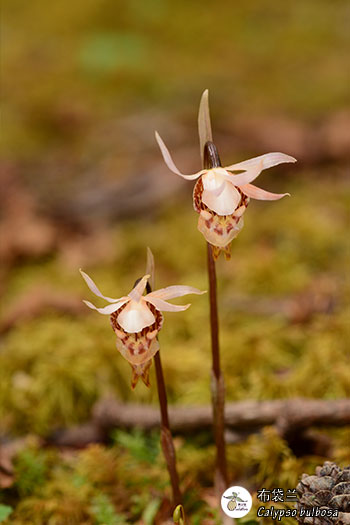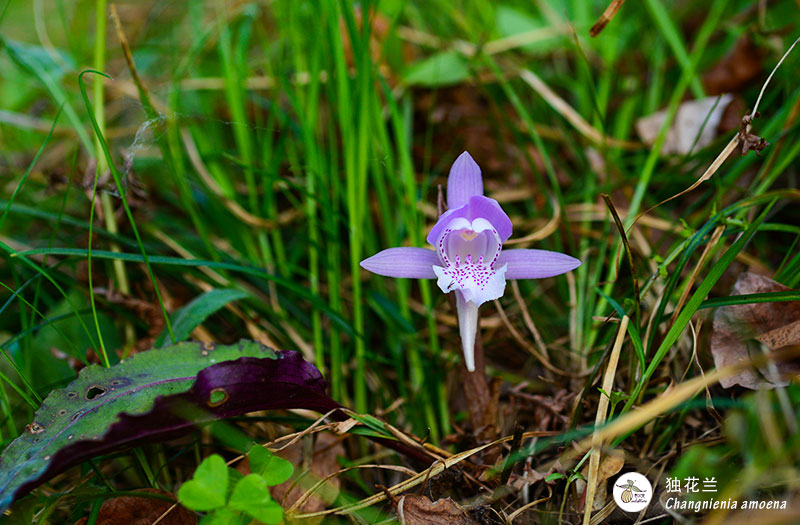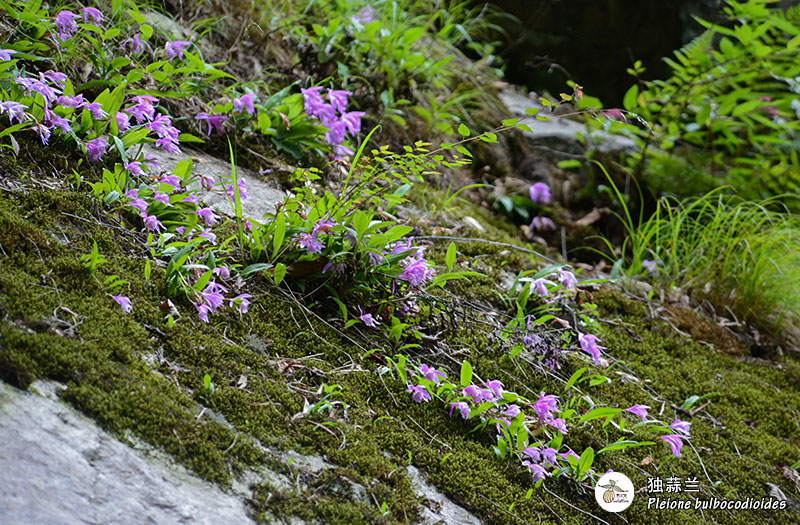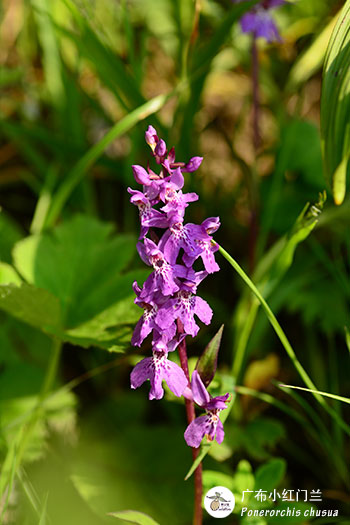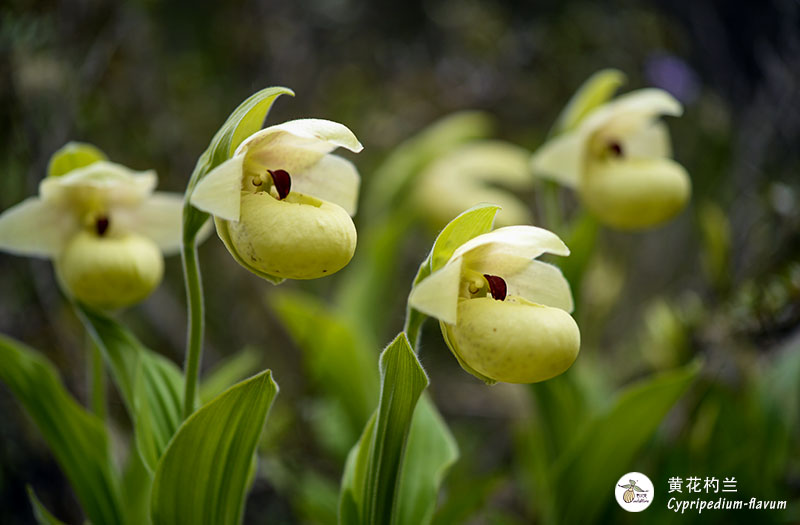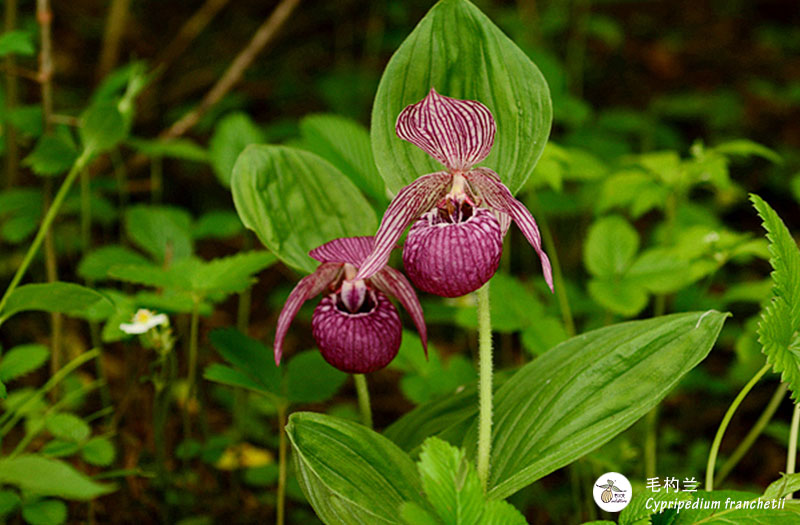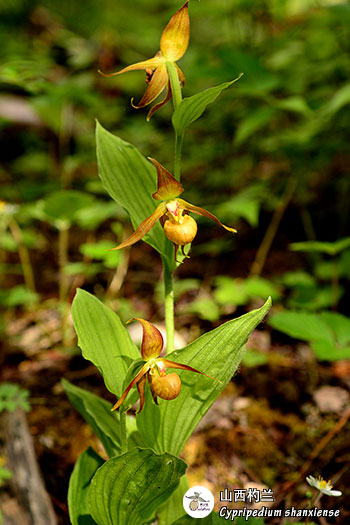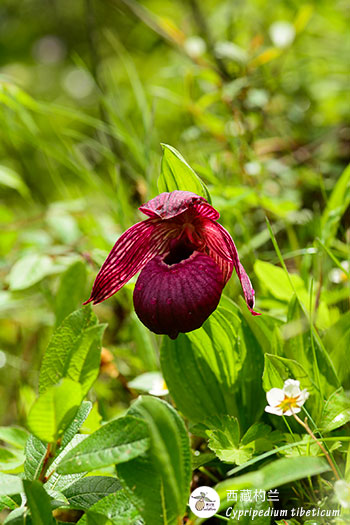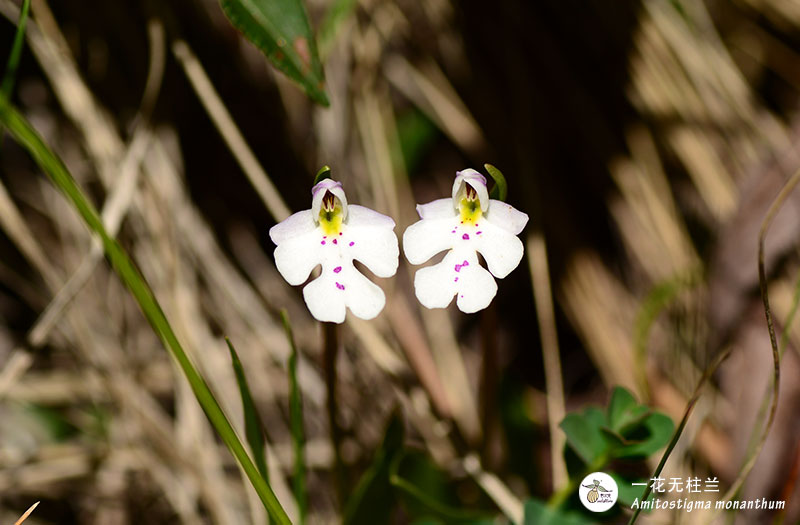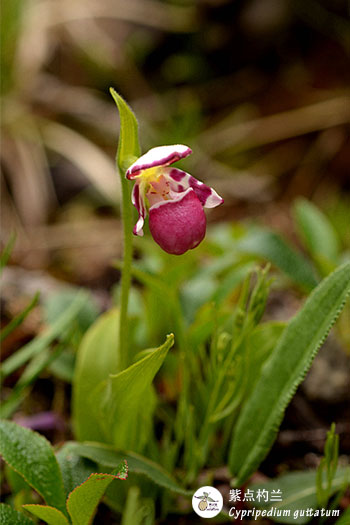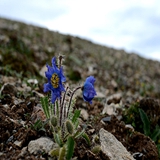Trip Details, Dates, Prices, etc.
Menu14-Days Expedition for Orchids and Other Endemic Plants Guizhou and Guangxi
Dates & Prices
| Dates | Booking Status | Price | Single Supplement | Group Size | Guide |
|---|---|---|---|---|---|
| Apr.17 to Apr.30, 2026 | Open to Booking | 4,100USD/pax | 480USD/pax | 6 | Local Guide |
| Apr.17 to Apr.30, 2027 | Open to Booking | 4,100USD/pax | 480USD/pax | 6 | Local Guide |
The cost includes the following:
2. Meals in local popular restaurants.
3. All the entrance tickets for places listed in the itinerary including cable cars and shuttle buses.
4. Hotel stays from the first day to the last day of the trip, nice 3-star hotels in big cities and local best in local places.
5.Bottled water, and snacks throughout the trip.
6. Service charges of this trip include the fees of a professional English-speaking plant guide.
7. China domestic travel insurance.
The cost does not include the following:
2. During this trip, extra charges due to the change of itinerary from the client-side or other factors are beyond the control of WildFloraTour.
3. Flight tickets to the place where our trip starts and from the place where our trip ends.
4. Expenses for visa application.
5. Gratuities to the guide and driver.
Itinerary
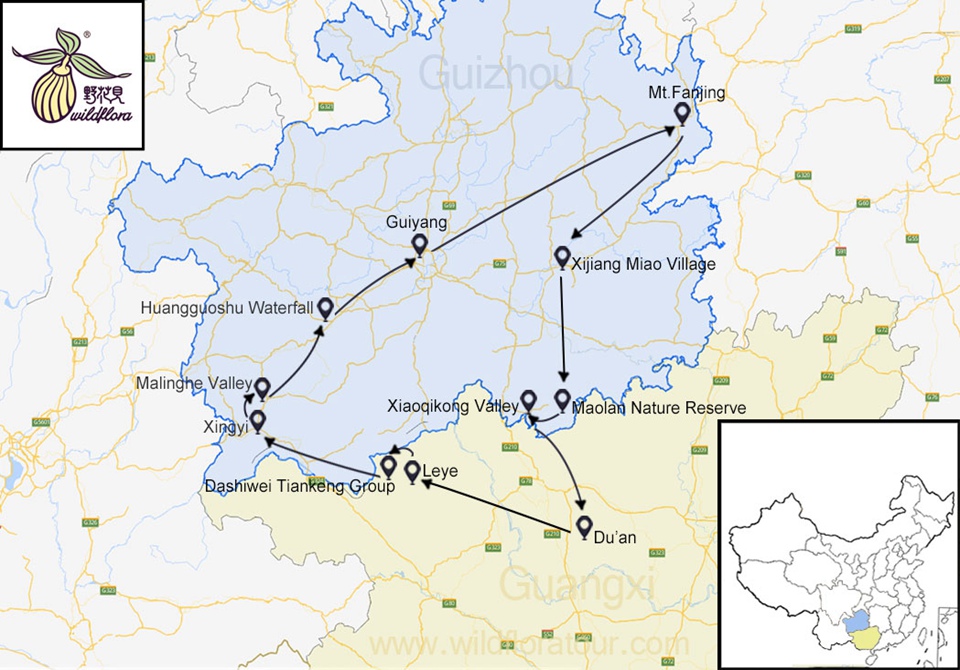
D1 Arrives at Guiyang. Meals: D
Arrives at Guiyang. Meet your guide at the airport and transfer to your hotel. Welcome dinner in the evening.
D2 Guiyang City Tour. Meals: BLD
Do a city tour in Guiyang, visit Guiyang Qianlingshan Park in the morning, and Qingyan Ancient Town in the afternoon. Roam in Erqi food road in the evening.
Drive 4h to Fanjingshan Mountain, explore valleys around our hotel in the afternoon.
D4 Explore the Fanjingshan Mountain. Meals: BLD
We will take a cable car to the top of Fanjing Mountain, look for plants around the top area, then walk down to explore the lower area for more plants.
D5 Fanjing Mountain to Xijiang Miao Village. Meals: BLD
Drive 3.5h to Xijiang Miao village and visit Miao village in the afternoon.
D6 Xijiang Miao village to Libo Maolan nature reserve. Meals: BLD
Drive 2.5h to Libo Maolan nature reserve, look for orchids, and other plants.
D7 Visit Xiaoqikong valley. Meals: BLD
Visit Xiaoqikong valley, explore plants and see the stunning scenery of blue water, valley, subtropical forests, karst peaks.
D8 Xiaoqikong valley to Du’an County. Meals: BLD
Drive 4h to Du’an County, visit beautiful rivers and karst peaks.
D9 Du’an County to Leye County. Meals: BLD
Drive 4h to Leye County, after lunch, we explore karst valleys around Leye County.
D10 Explore Dashiwei Tiankeng Group. Meals: BLD
We will spend the whole day exploring Dashiwei Tiankeng Group, look for plants.
D11Leye to Xingyi. Meals: BLD
Drive 4h from Leye to Xingyi, after lunch we explore karst peaks for plants around Xingyi.
D12 Malinghe Valley to Huangguoshu waterfall. Meals: BLD
Explore Malinghe Valley near Xingyi in the morning and drive 2.5h to Huangguoshu waterfall in the afternoon.
D13 Huangguoshu waterfall to Guiyang. Meals: BLD
Visit the Huangguoshu waterfall. Drive 2h back to Guiyang in the afternoon.
D14 Fly back home from Guiyang.
Introduction to Trip Destinations:
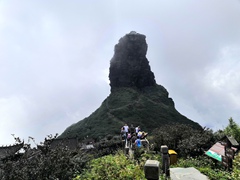 Mt. Fanjing
Mt. Fanjing
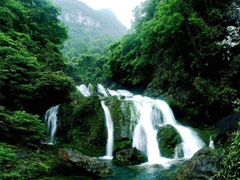 Maolan
Maolan
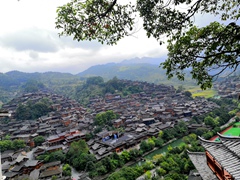 Xijiang Miao village
Xijiang Miao village
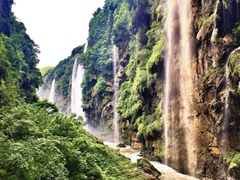 Xingyi & Malinghe Valley
Xingyi & Malinghe Valley
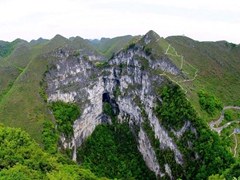 Dashiwei Tiankeng Group
Dashiwei Tiankeng Group
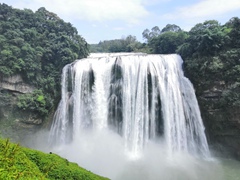 Huanguoshu Waterfall
Huanguoshu Waterfall
Tour Guides
We will arrange one of our WildFloraTour experts for this trip based on the focus of this trip. All our experts have rich experiences of guiding tours in this region. The following are some of our best local guides for your references.
 Cory Li WildFloraTour plant expert
Cory Li WildFloraTour plant expert
Cory Li,co-founder, and general manager of WildFloraTour is a super fan of nature, especially for flowers. His passion for nature grows from the beauty of greens in the little boys' eyes. As a native of Sichuan Chengdu, he has spent a lot of time exploring nature in the mountains nearby his hometown. During his study at Sichuan University, he began to take lots of outdoor activities like hiking and mountain climbing and started to study knowledge about flora by himself. After graduation, he even spent more time in the wild than office exploring wildflowers in Sichuan and nearby provinces with other nature lovers and photographed about two thousand wildflower species. He even found several new distributions of some endemic species and even some new species of plants along with some other nature lovers. He loves to share his findings and stories behind the photos with other nature lovers on the internet and became a “flora idol” in southwest China. He never expected becoming famous out of this, he just enjoys sharing the beauty of those lovely flowers with others.
Ke Huang WildFloraTour plant expert
Huang Ke, who graduated with a master's degree from Sichuan University, joined a local NGO after graduation, dedicating himself to environmental protection and biological resource surveys. Through years of study and fieldwork, he has gained a profound understanding of the diverse animals and plants in Southwest China. His work has taken him to remote forests, high-altitude meadows, and pristine river valleys, where he has documented rare species and contributed valuable ecological data.In addition to his field research, Huang Ke actively participated in the editing of several nature-related books, including the "Wild Bird Cartoon Guide" series, Between the Forest and the Sea, Picture of Giant Pandas, and Chengdu Nature Notes, which aim to enhance public awareness of biodiversity and conservation. His botanical research has also led to the discovery and publication of new plant species, such as Primula xilingensis and Primula meishanensis, enriching scientific knowledge of China’s flora. His passion for nature continues to drive his efforts in research, conservation, and education.
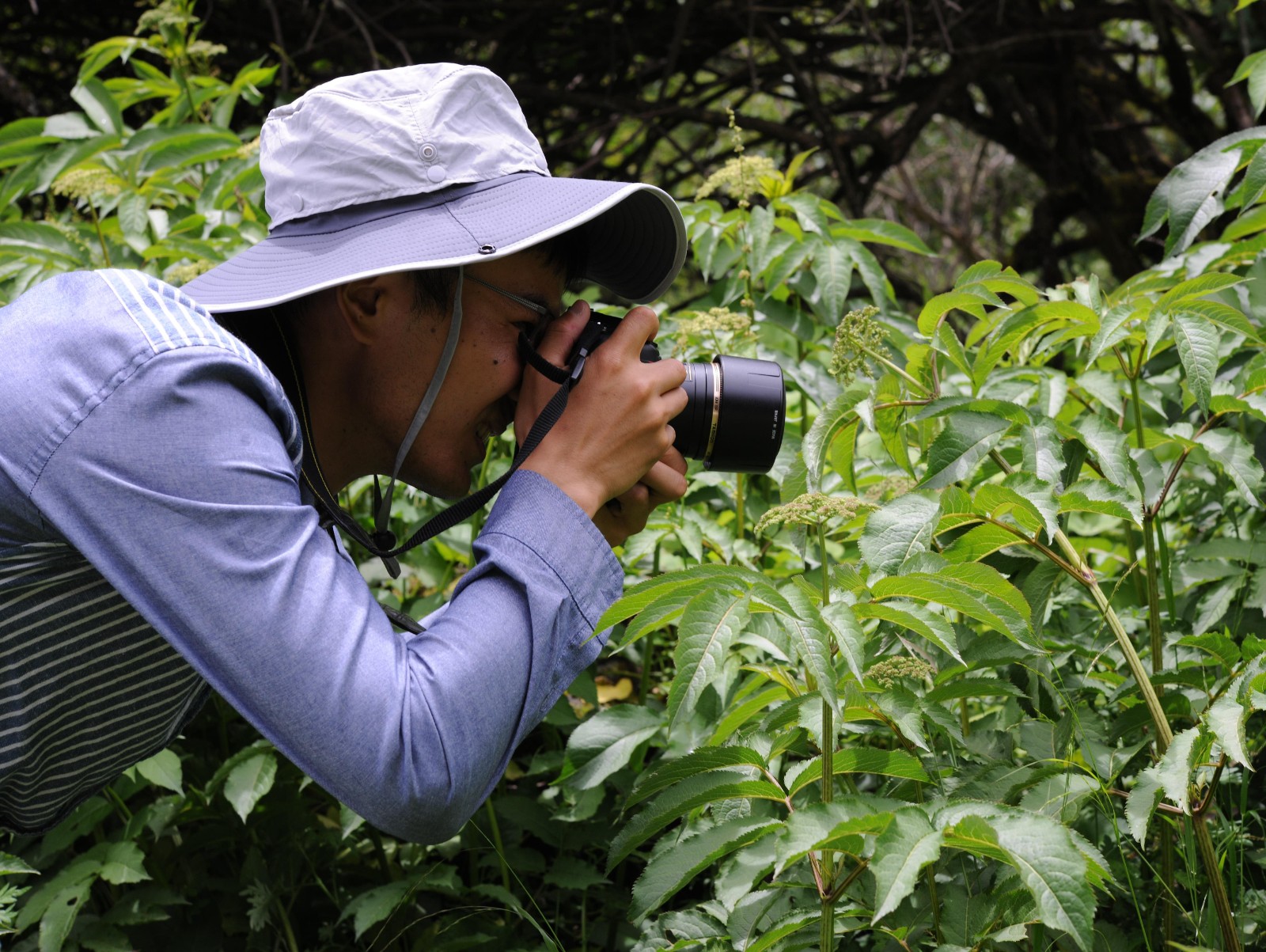 Ray WildFloraTour plant expert
Ray WildFloraTour plant expert
Ray graduated from Leshan Normal University, majoring in plant science. As an expert at WildFlora, Ray is responsible for the daily operations of WildFloraTour. He possesses a profound passion for nature, which prompted him to resign from his job in his hometown of Deyang and relocate to Chengdu to pursue his dreams and join WildFloraTour. Having specialized in botanical studies during his university years, Ray has acquired a distinct advantage in his work, affording him opportunities to discover endemic species and make thrilling new findings. Additionally, Ray is an avid photographer who captures the ephemeral beauty of nature, preserving invaluable moments that inspire others to appreciate the wonders of the natural world. At WildFloraTour, he collaborates with a team of plant specialists to design customized tours that cater to the individual interests of each traveler who has keen interests in plants. Whether it involves botanical exploration, cultural immersion, or wildlife safaris, Ray and his team strive to provide a comprehensive and immersive experience that fosters a deeper connection with nature.
 Bella WildFloraTour bird and mammal expert
Bella WildFloraTour bird and mammal expert
Bella, the director of AlpineBirding, was graduated from Sichuan Agricultural University with a Bachelor's Degree. She joined AlpineBirding in early 2016 and became the director of AlpineBirding in 2018. She was born and grown up in a Bai ethnic family in Yunnan Province which boasts of the largest number of bird species in China. Her interests toward birds started with her observation of a Long-tailed Minivet in her mom’s garden at a very young age. As she grows up, the interests and love toward birds become stronger and stronger. Because of that, she found AlpineBirding before graduation and joined the company for further learning of birds. Bella has guided a number of birding trips in cooperation with AlpineBirding guide in the past years, her passion, readiness to help and detail-oriented attitude have won her lots of praise from our clients. She takes great pride in the work she is doing, now she is ready to help you plan your best birding trip in China in cooperation with her colleagues.
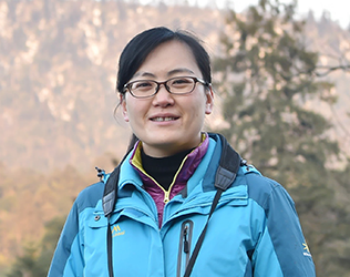 Karen WildFloraTour logistic expert
Karen WildFloraTour logistic expert
Karen Lin is a native of Chengdu, Sichuan province. She loves and knows the culture of her hometown well, such as ancient Shu civilization, folk customs and ancient Chinese poetry.She has over 14 years' experience in foreign affairs service and tourism. She is familiar with the whole process of group operation. She is always good at thinking and full of ideas, and always gives the guests a warm experience with the special attention and consideration.Karen loves birds and enjoys go out for birding with the team, sometimes, she works as assistant for the group. She likes nature and is good at parent-child natural activities and education. In addition, she has long devoted herself to public welfare, especially caring for the elderly and disabled people, environmental protection, and reading promotion. She organizes and participates in a number of related volunteer work. She is a passionate and intelligent member of our team.
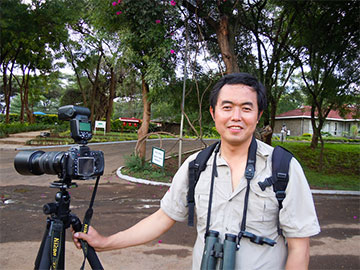 Philip WildFloraTour culture and bird expert
Philip WildFloraTour culture and bird expert
As a half Kangba Tibetan, Philip is the founder of WildfloraTour and is native of Ganzi Tibetan Autonomous Prefecture. He has a deep love for his Kangba Tibetan heritage and the land where he was born and raised. Philip's career has gone from mining technician to teacher, to translator, and finally to a guide and tour operator. Along the way, Philip discovered his passion and love for helping tourists understand the beauty and history of his people and homeland. Philip is known for his ability to plan and execute unique and exciting adventure trips exploring the sights off the usual tourist routes. He is active, open-minded, and adventurous and always ready to share interesting and useful information with his clients. As a travel professional working in this field for more than 15 years, Philip believes travel is an art and a process of learning and discovery. Each trip is a unique artistic work created with knowledge and expertise based on the resources available and the interests and tastes of travelers. To help more people to understand the unique resources in panda habitats and neighboring areas, he established Wildflora to bring his educational fun-filled tours to more people eager to explore and learn about China. Besides, Philip is an active and knowledgeable birder and a dedicated photographer.
Besides, one of WildFloraTour's local guides in Southeast China will participate in this trip to ensure a high-end traveling experience.
Testimonials
As a new department set up in 2017 under AbsoluteWild Travel Co, Ltd., WildFloraTour consists of a group of English-speaking local plants and travel experts to provide the best quality trips for plant lovers to enjoy the beauty of the natural plant resources in China. In the past, we have organized many flower-watching trips with some cooperative travel agents under their company names. For this important page, we would quote some feedbacks made on TripAdvisor by travelers from our sister department AbsolutePanda. As a department of the same company, we share the same culture and principles.

